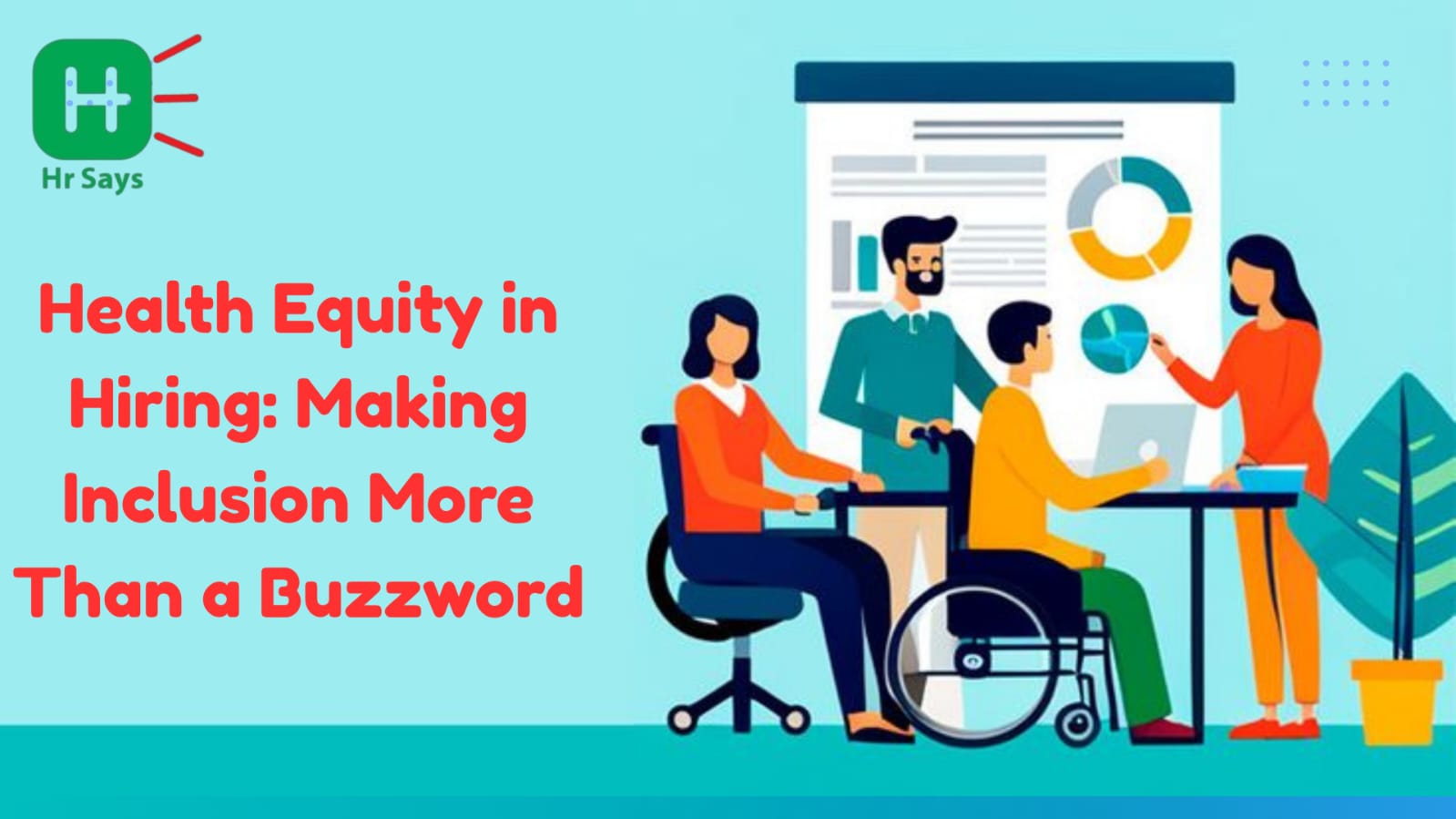Is inclusion really happening? Or is it just another checkbox on the compliance list?
In healthcare, diversity hiring is often spoken about in polished terms. But action? Still sporadic. And the cost of inaction? Silent—but felt.
When the System Hires Unequally, Health Suffers
Behind every healthcare system is a workforce. Behind every workforce is a hiring process. If that process lacks equity, bias spreads silently—through every department, every patient touchpoint.
Health equity starts before the first patient is treated. It starts when hospitals decide who gets the job. And who doesn’t.
Despite universal health coverage being a shared goal globally, workforce gaps persist:
● Underrepresented communities face low hiring rates.
● Linguistic diversity is often ignored.
● Disability inclusion remains minimal.
In many hospitals, HIPAA compliance is tight. NABH accreditation is proudly displayed. But equity in hiring? Still shallow. Still optional.
Healthcare Compliance Can’t Ignore Representation
Healthcare compliance isn't just about data privacy or safety protocols. It includes fair, transparent, and inclusive hiring processes.
It means:
● Job postings without coded language
● Diverse hiring panels
● Fair interviews for all backgrounds
If health policy ignores who is hired, it ignores patient realities.
Because:
● Representation improves patient trust
● Shared language reduces misdiagnosis
● Cultural understanding boosts care quality
The public health impact is massive—yet still underreported.
Medical Innovation Needs Diverse Thinkers
Innovation doesn’t grow in echo chambers.
AI in diagnostics. Telemedicine platforms. Remote care apps.
These tools are shaping the future. But if the teams building them look the same, bias will be
coded into the system.
We’ve seen it already—pulse oximeters misreading darker skin tones. Apps recommending
treatments based on skewed datasets.
If inclusion isn’t in the lab, medical innovation fails before it begins.
Buzzwords Don’t Heal Broken Hiring Systems
Diversity. Equity. Inclusion. These words fill boardroom slides.
But the reality? Many hiring practices still favor:
● Similar academic backgrounds
● Standard accents
● Familiar last names
Equity can’t be mandated, but it can be measured. It must move from slogans to scorecards.
From HR handbooks to real-life hiring decisions.
What Needs to Happen Next
To make hiring truly equitable, healthcare institutions must:
● Audit recruitment processes regularly
● Invest in anti-bias training for hiring managers
● Use data to track hiring outcomes across race, gender, disability, and more
● Embed equity into NABH and HIPAA checklists
Without equity in hiring, universal health coverage stays incomplete. Care remains unequal. And trust, once lost, is hard to earn back.
Conclusion
Health equity isn’t just about treatment. It’s about who’s holding the stethoscope.
Hiring decisions aren’t small. They shape care, culture, and community health.
It’s time inclusion stopped sounding like a brand campaign—and started looking like a team photo.

 Health equity can’t begin at the patient’s bedside if it doesn’t exist in the breakroom. Hiring practices are being questioned. Buzzwords are being dropped. And yet—equity often stays just that. A word.
Health equity can’t begin at the patient’s bedside if it doesn’t exist in the breakroom. Hiring practices are being questioned. Buzzwords are being dropped. And yet—equity often stays just that. A word.












.jpeg)
.jpeg)

.jpeg)

.jpeg)


.jpeg)

.jpeg)

.jpeg)


